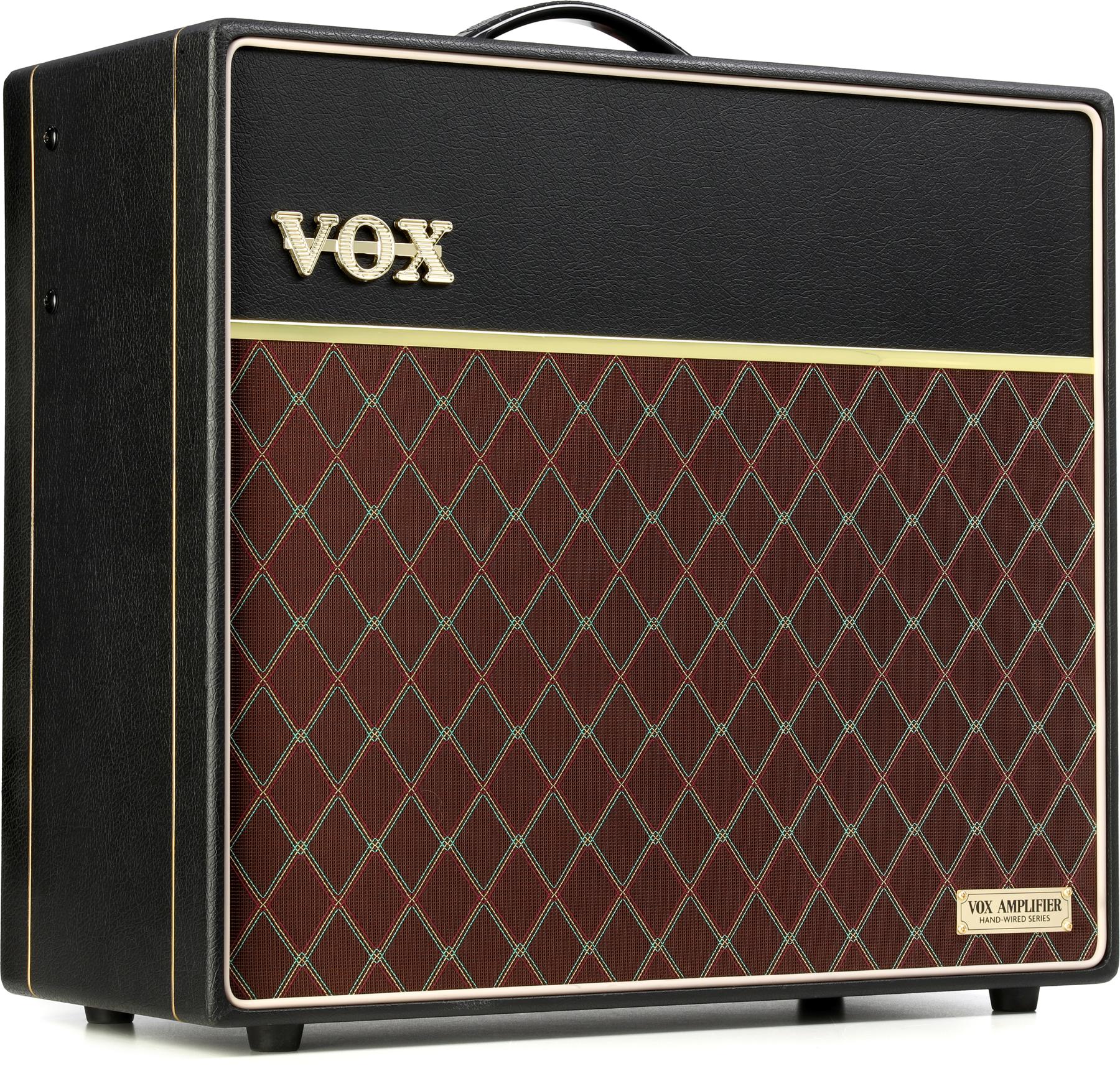It doesn’t take deep analysis of Kurt Cobain’s lyrics, journals, and visual art to glean that he was, in many ways, a fluid and impulsive artist—one that reveled in riding waves of free-association and stoking musical and poetic conflagrations from sparks of incidental information and observation. Cobain also admired (and collaborated with) author, poet, and visual artist William S. Burroughs, whose embrace of cut-up technique, a collagist approach to writing and language, informed his most famous work, the novel Naked Lunch.
The possibilities of cut-up and collage technique were not lost on Cobain. In fact, they are plain to see in the Fender he helped design, the Jag-Stang. The Jag-Stang was born from Cobain sketching mutant mashups of the two models, re-assembling scissored photographs of both, then pulling together components that could cover the breadth of his aggressive but melodically articulate sounds. The end product was a quirky instrument. I have an original that I treasure for punky, thrashy chording, open tunings, and unhinged soloing—practices Cobain would have no doubt approved of. But in more straight-ahead applications, the Jag-Stang always left me contemplating a laundry list of modifications I would enjoy to make it warmer and more stable.
Fender Jag-Stang played through black-panel Fender Tremolux and Universal Audio OX using tweed Deluxe-style cabinet emulation.
The most recent Mexico-made iteration of the Jag-Stang, while identical to original specification in nearly every respect, irons out a few rough edges that made the model less appealing to traditionally aligned players. It feels both more refined and more inviting.
More Horse Than Cat
The Jag-Stang favors the equine side of that relationship. The bridge, vibrato, pickup switching, control layout, and even the body dimensions owe much more to the Mustang than the Jaguar. In fact, the most overt nods to Jaguar lineage are in the shape of the upper horn and the lower hip, both of which accentuate the offset, flying-while-sitting-still Jaguar-ness in the body profile.
As with the original Jag-Stang, the neck (which was shaped to match one of Cobain’s favorite Mustang necks) is a slinky, narrow, and relatively slim length of maple that evokes many slender necks I’ve encountered on mid-to-late-’60s Mustangs. By my ruler—and Fender’s spec sheet—the nut measures around 1.575", which is narrower than the 1.650" nut width featured on the current Vintera ’60s Mustang, American Original ’60s Jaguar, and many other instruments.
It’s perceptibly slimmer than your average Fender, and for players of smaller stature or that just like the sensation of navigating a neck this compact, it’s a blast. In spite of the compact feel, the neck still has 22 frets. And while the fret spacing might frustrate players used to performing lead acrobatics in more spacious expanses, adaptive, creative, and open-minded players will dig how it facilitates navigation of odd intervals and chord shapes as well as fleet-fingered leads. My original’s made-in-Japan neck has a little more roll at the edge of the vintage-correct 7.25" fretboard. For most players that already dig the comfortable, compact proportions, the ever-so-slightly sharper edge won’t make much difference. Curiously, the guitar also features a slab fretboard—an unusual touch for a neck built to late-’60s specifications.
Through an overdrive, the bridge humbucker sounds awesome, and you don’t need much pedal gain to make it mean and massive.
Mighty Mite
I bought my second hand Jag-Stang because I play Jaguars and liked the idea of a humbucker in a 24"-scale guitar. My dreams of a short-scale that could dish Peter Green tones were dashed pretty quickly. The original Jag-Stang humbucker was just too hot and comparatively flat in terms of color and character. The new Jag-Stang’s bridge pickup, however, sounds and feels slightly but significantly improved. It’s still explosive with a juiced amp or distortion in the mix. But it also sounds a lot less cramped and abrasive in the midrange than its predecessor. It’s also more responsive to guitar volume and tone attenuation, which means you can add a touch of PAF-like wooliness and explore more nooks and crannies in the EQ curve. Through an overdrive, the bridge humbucker sounds awesome, and you don’t need much pedal gain to make it sound mean and massive. It also retains great capacity for note detail in these supercharged modes.
The neck position single-coil has many characteristics of a hot Stratocaster unit. It’s a bit more inclined toward overdrive than a vintage-voiced Fender single-coil, and at times feels less dynamically responsive and nuanced. But like the bridge pickup, it also feels responsive to guitar volume and tone adjustments. The two pickups work well in tandem, too. The in-phase combination (enabled by moving both pickup’s slider switches to the aft position) sounds great straight into an amp, though it can sound a bit compressed and jumbled with added pedal distortion. The out-of-phase setup is fun, too, yielding scads of scrappy, toppy garage tones when you send the signal direct to a loud amp and super-focused pedal-distortion tones that sound deliciously nasty against prominent bass accompaniment.
The Verdict
The Jag-Stang is not the most fantastically versatile Fender ever, but it’s full of surprises. As you’d expect, it shines in garage-y and punky settings. Distorted tones emphasize a dryish sense of detail over sheer mass or a PAF’s soft contours. But there’s a lot of room for expression in that palette, and the new pickups’ improved response to volume and tone knob coloration expands the possibilities.
Like many Fenders from the company’s Ensenada, Mexico factory, the Jag-Stang is pretty close to flawless. It’s probably about 20 times as tuning stable as my MIJ original. The narrow neck and short scale won’t delight everyone. But if you approach different guitars without preconceptions, you’ll be thrilled and surprised at the fast maneuvers and phrasings the Jag-Stang makes possible. Needless to say, many fundamental sounds are geared for Cobain-style fire, but you do not have to be a Nirvana fan to extract unexpected tones and inspiration from this distinctive and unique Fender.



















